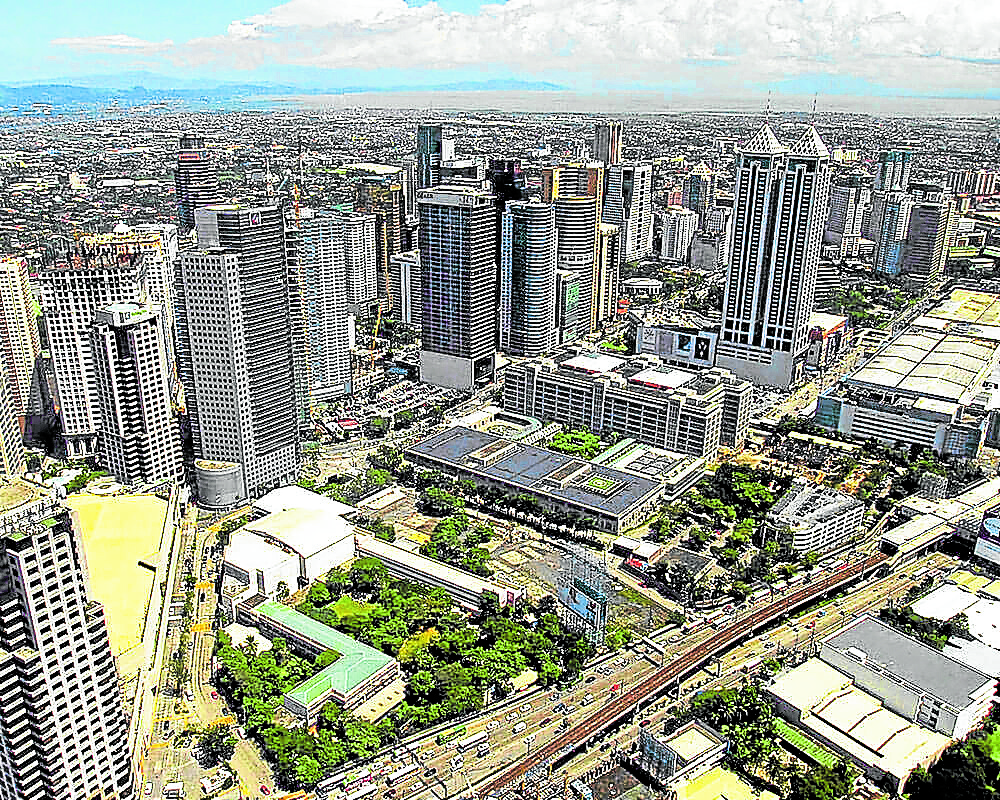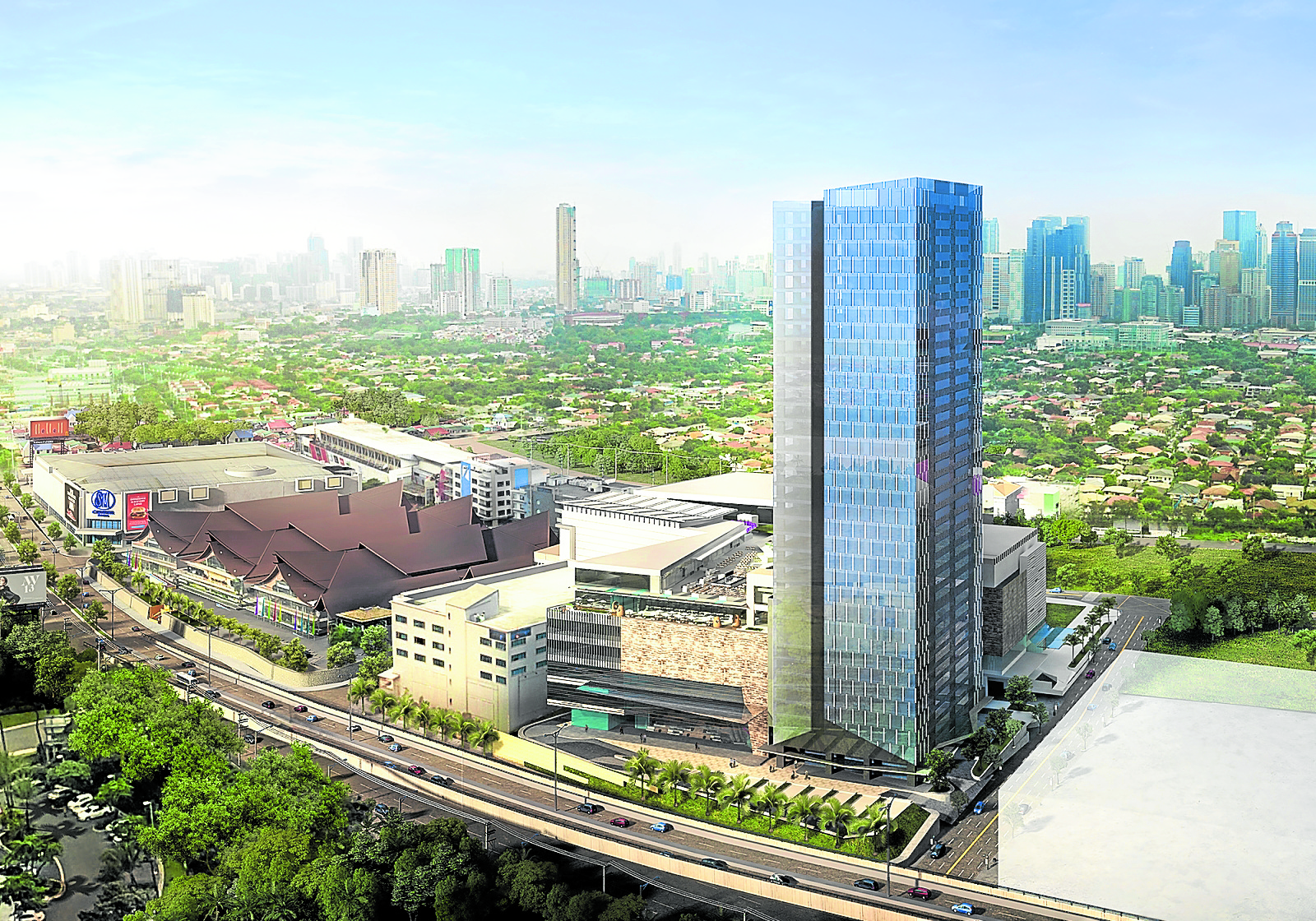Residential opportunity in Metro Manila periphery
Prior to the COVID-19 pandemic, Colliers Philippines noted that the expansion of business opportunities in Metro Manila had been fueled by the influx of multinational outsourcing companies. The fast-evolving demands of the capital’s workforce and households played a crucial role in driving a shift in the mindset and strategies of real estate developers.
Property firms saw the need to add value to the usual stand-alone building. Market demands dictated that they build residential condominiums, supermarkets and institutional facilities such as hospitals alongside offices. Metro Manila residents’ rising disposable incomes have enhanced their standards of living and reinforced their demand for “convenience, accessibility and exclusivity”—features only a masterplanned community could provide. They prefer to be in a community surrounded by healthy, safe and sustainable buildings with green surroundings and energy-efficient infrastructure.
Colliers believes that there will be a greater demand for masterplanned communities especially once the pandemic wanes and the economy starts to rebound. Hence, we believe that developers will continue pursuing integrated communities within and outside Metro Manila. The concept of building offices, condominiums, supermarkets and health facilities within one community satisfies the millennials’ demand for greater mobility and convenience.
In our opinion, this should also raise the demand for residential projects outside of core locations in Metro Manila. Millennial employees and investors will constantly scout for residential units in the fringes and this should raise the viability of newly-developed integrated communities in the peripheries of the capital region.

Redevelopment in eastern Metro Manila
Over the past few years, the rising demand for integrated developments as well as soaring land values in central business districts provided the opportunity for developers to transform idle properties on the outskirts of CBDs into masterplanned communities. A bustling BPO hub is the former site of a textile mills; a thermal power plant used to occupy a portion of Rockwell Center; an integrated community in Makati is the former site of International School-Manila; while Capitol Commons is a redevelopment of the former provincial capitol.
Rising demand and land prices are also enticing industrial property owners in strategic locations to liquidate land holdings in favor of mixed-use township developments. Examples of these are the projects along C-5 Road. In our opinion, the strategic location unlocks the potential of these former industrial properties for more profitable uses. These integrated communities augment the existing office and residential developments in the eastern part of the metropolis.
The eastern part of Metro Manila, including Ortigas Center and its fringe area, remains an attractive location for end-users and investors because of infrastructure projects lined up by the government.
Infrastructure to lift demand
Colliers believes that the area will benefit, either directly or peripherally, from the completion of a number of big-ticket infrastructure projects. In our opinion, infrastructure projects near new business and residential districts are crucial in driving demand in and raising the viability of thriving communities.
There’s the proposed MRT-4, a monorail project with an estimated cost of P59.3 billion that will connect Metro Manila and the province of Rizal. This 18.4-km rail line is targeted for completion by 2025. Another important project is the LRT-2 East Extension, a P9.7 billion project that will extend the existing LRT-2 system from Santolan in Pasig City to Masinag, Antipolo. This is an important project especially for businesses trying to capture the skilled manpower from the eastern part of Metro Manila.
There’s the 19.4-km, six-lane Pasig River expressway (Parex) that provides an alternative route to the country’s business districts such as Makati, Fort Bonifacio and Ortigas. Also a crucial project is the BGC-Ortigas link bridge which should raise property demand in the two business districts namely Ortigas Center and Fort Bonifacio.
Emphasis on lifestyle, integrated features
We still expect end-users to gravitate towards mixed-use satellite communities as these enhance working and living conditions. The pandemic has further emphasized the need to be in an integrated community where unit owners can easily access essential goods and services. We thus encourage developers to highlight the integrated features of their residential projects as this is likely to be among the major considerations of unit owners post-lockdown and amid the COVID-19 pandemic. Developers should continue to highlight the sanitation and property management procedures implemented within their projects.
Given that a lot of employees are now working from home, residential investors should also ensure that their units are adaptable to work-from-home arrangements and have stable internet connection. Some condominium buyers are also looking for bigger cuts so they can carve out their own home office.
Possible yield enhancement
We believe that investors continue to choose projects in townships, especially the newly-developed ones, due to possible yield enhancement. Given that prices in core locations have significantly escalated in recent years resulting in yield compression, lower entry price for residential projects n peripheral areas could offer some enhancement in yields for the remainder of 2020. Yields could further raise in 2021 especially when market sentiment stabilizes.
Economic recovery to fuel demand
There are various forecasts on the country’s economic performance for the remainder of the year. What’s positive is that a number of economic indicators are showing some signs of recovery. The unemployment rate has eased; foreign direct investments have increased; while OFW remittances are starting to grow at a faster pace. It is also important to note that interest rates remain low as the central bank hopes to prop up economic activities in the country.
We remain optimistic that the government’s forecast of an economic rebound will have a spillover impact on condominium leasing and sales in the capital region. Government agencies and credit rating firms are projecting an economic growth ranging from 6 percent to 8 percent in 2021 and this should be complemented by a revival of traditional and outsourcing business activities in Metro Manila. These should help prop up residential take up by foreign and local employees and investors.
In our view, projects in new integrated communities located in the fringes of Metro Manila are among those that will immediately capture the benefits brought about residential demand recovery.

